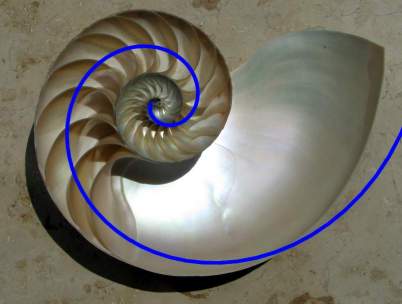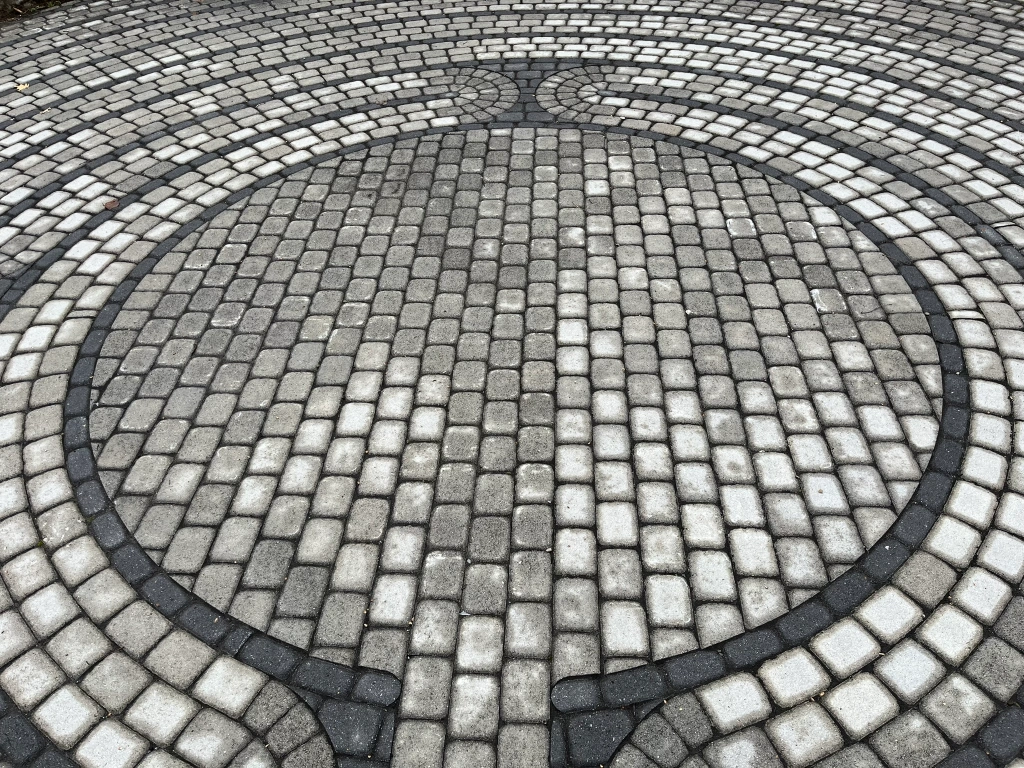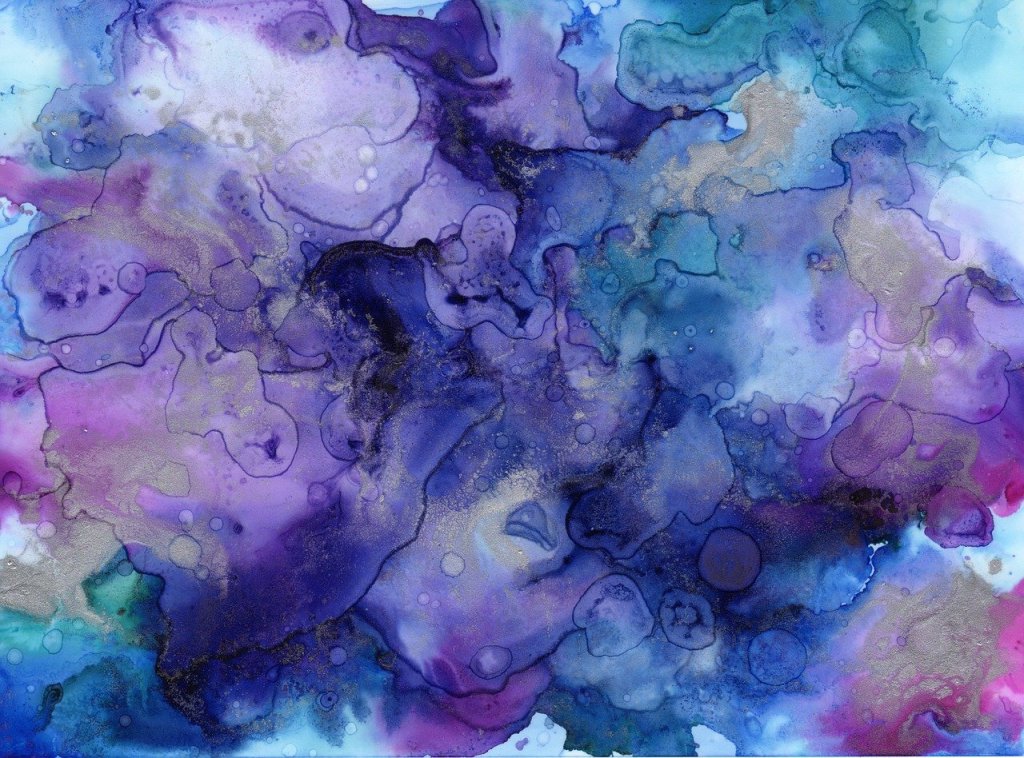Leonardo of Pisa, better known as Fibonacci, was one of the great mathematicians of the Middle Ages. He lived in Italy in the twelfth and thirteenth centuries, and among other things, popularized the Arabic numeral system throughout Europe. It’s in part thanks to Fibonacci that today’s blog post is called 34, not XXXIV. Roman numerals are nice, and they’re certainly lovely on Super Bowls, but they get a bit unwieldy. I have no idea how to write pi in Roman numerals. Or fractions. Or percents. Or my social security number.
Perhaps Fibonacci’s most famous contribution to mathematics is the Fibonacci sequence. It’s an infinite series of numbers that starts like this:
1, 1, 2, 3, 5, 8, 13, 21, 34, 55, 89 …
Do you notice the pattern? The first two numbers in the sequence are defined to be “1”. But after that, every number in the sequence is the sum of the two preceding numbers. So, 1+1=2. 1+2=3. 2+3=5. And so forth. The sequence just goes on and on forever, each member being the sum of the two prior members.
I’ve loved the Fibonacci sequence since I was a kid. There are so many fascinating elements to it. They appear throughout nature. The flowering of an artichoke, the arrangement of a pine cone, branching of trees, and many more things follow a Fibonacci pattern.

1/1 = 1
2/1 = 2
3/2 = 1.5
5/3 = 1.66667
8/5 = 1.6
13/8 = 1.625
21/13 = 1.615
34/21 = 1.619
You see that these ratios very quickly start converging. If you go further and further up the sequence, the number they converge to is approximately 1.618033989, also known as φ (the Greek letter phi), also known as the Golden Ratio. The Golden Ratio is a mathematical curiosity studied as least since Euclid’s time (3rd century BCE). Two numbers are in the golden ratio if the ratio of the two numbers is the same as the ratio between their sum and the larger of the two numbers. It looks like this:
A golden rectangle is one where one side is 1.618 times longer than the other. It looks like this:
 Golden rectangles have long been described as the most “aesthetically pleasing” rectangles, and they show up all over the place, in architecture, art, even music. The coolest thing about golden rectangles is that if you divide it into a square and a smaller rectangle, as the image above (blue square and pink rectangle), the pink rectangle is also a golden rectangle! You can then divide that one into a square and another golden rectangle, and so forth! And if you draw a line connecting the corners of all those rectangles, you get a Fibonacci spiral, which looks like this:
Golden rectangles have long been described as the most “aesthetically pleasing” rectangles, and they show up all over the place, in architecture, art, even music. The coolest thing about golden rectangles is that if you divide it into a square and a smaller rectangle, as the image above (blue square and pink rectangle), the pink rectangle is also a golden rectangle! You can then divide that one into a square and another golden rectangle, and so forth! And if you draw a line connecting the corners of all those rectangles, you get a Fibonacci spiral, which looks like this:
Beautiful! And if you extend it another rectangle, it would continue to look like this, all the way out. This spiral also appears in nature. For instance:
I love it. Patterns within patterns within patterns, all revealing the same pattern. Maybe I’ll have to revisit this again when we get to 55. Stay tuned.







Leave a comment